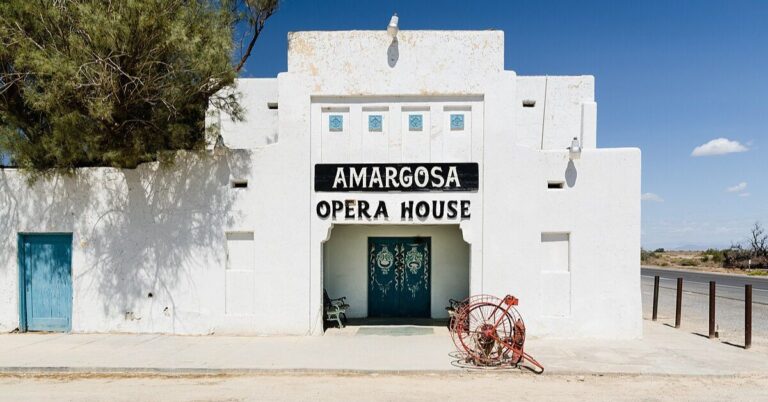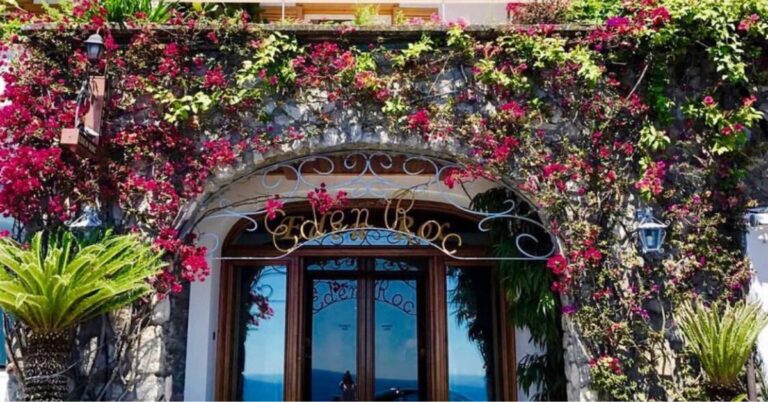25 Beloved Hotels That Thrived, Crashed, And Disappeared
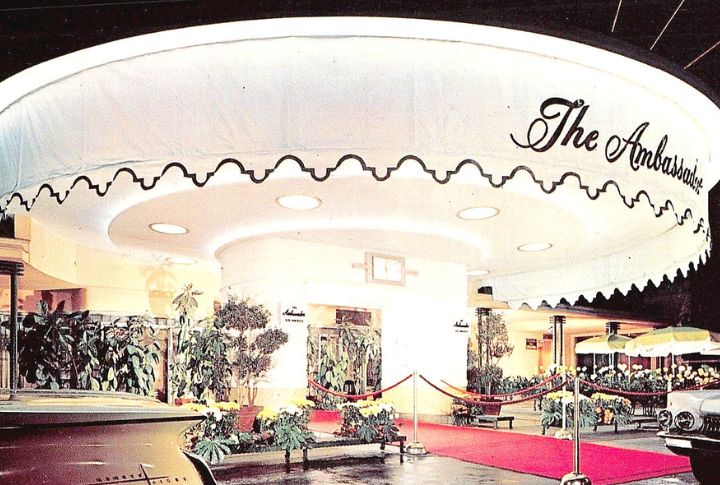
Not every landmark stands forever. Some rise with fanfare and define eras, only to crumble into obscurity. You may have seen their neon glow or read their famous guest lists. But now? They’re gone. These 25 hotels once flourished, only to meet the fate every building fears—being erased from the map.
The Waldorf-Astoria (Original Location, NYC)
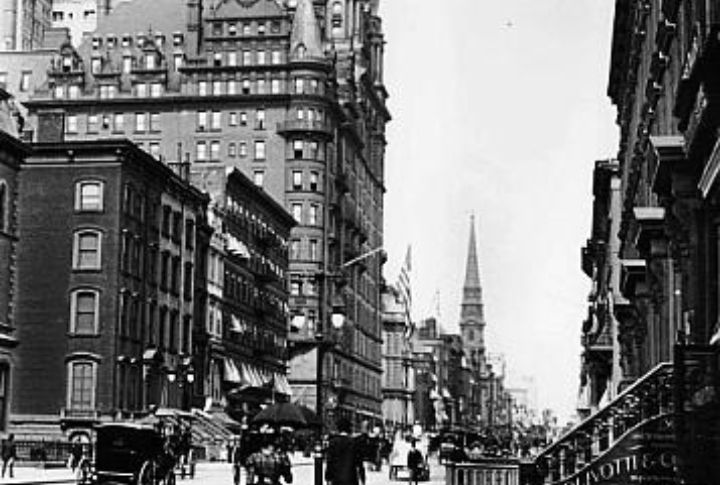
19th-century New York. Horse-drawn carriages. Gaslit streets. The Waldorf-Astoria, an opulent beacon of high society. The Astors built it, and presidents graced it. Elites waltzed through its gilded halls. Then, progress came calling. The Empire State Building needed a home, and the Waldorf met the wrecking ball in 1929.
The Ambassador Hotel (Los Angeles, CA)
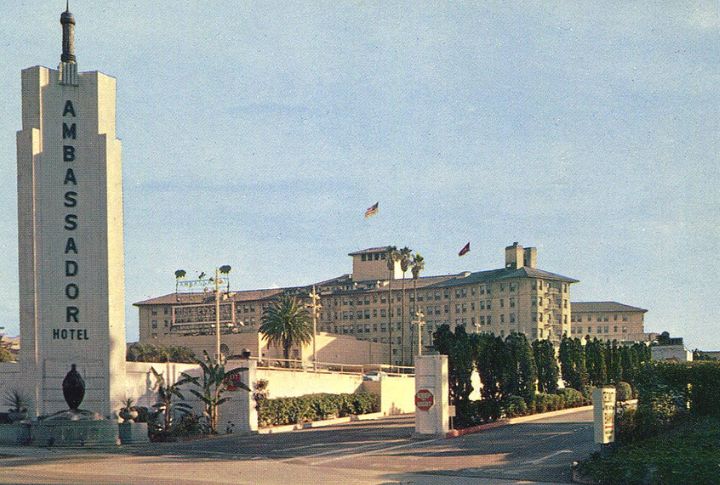
The Cocoanut Grove shimmered under chandeliers, its dance floor alive with jazz and celebrity whispers. This was a Hollywood institution. But its fate turned grim in 1968 when Robert F. Kennedy lost his life there. After decades of disrepair and controversy, it was completely demolished in 2006.
The Sands Hotel And Casino (Las Vegas, NV)
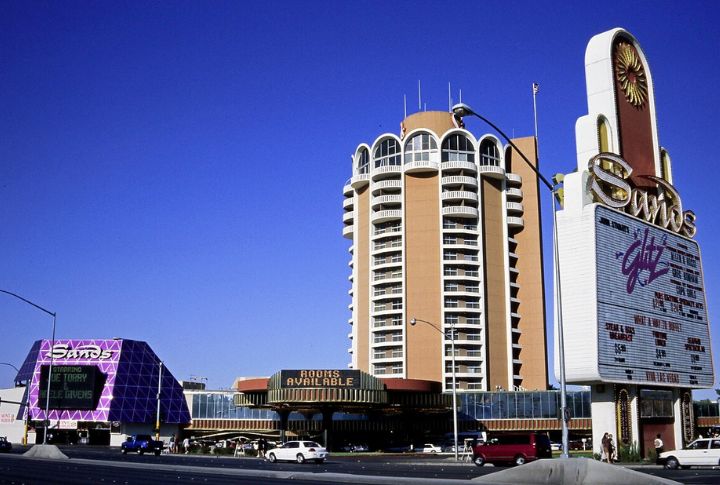
Sinatra crooned here and Dean Martin cracked jokes here. Other hotels may have just been hotels but The Sands was the soul of vintage Vegas. Mobsters funded it and legends performed there. For decades, it ruled the Strip. But in 1996, Vegas demanded something bigger, flashier and The Sands vanished.
Grossinger’s Catskill Resort Hotel (Liberty, NY)
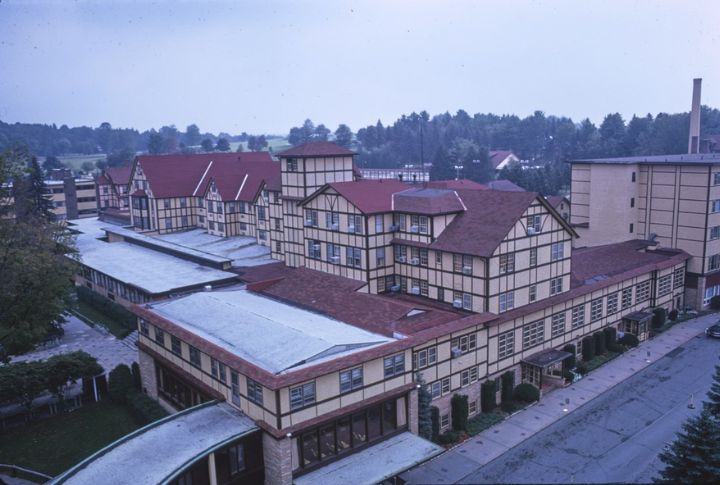
If you had the time of your life in the ’50s, there’s a chance it happened at Grossinger’s. This massive Catskills resort defined summer vacations and offered endless buffets and comedy nights. However, the jet age stole its clientele. Abandoned in 1986, it decayed for decades before its demolition in 2018.
The Ponce De Leon Hotel (St. Augustine, FL)
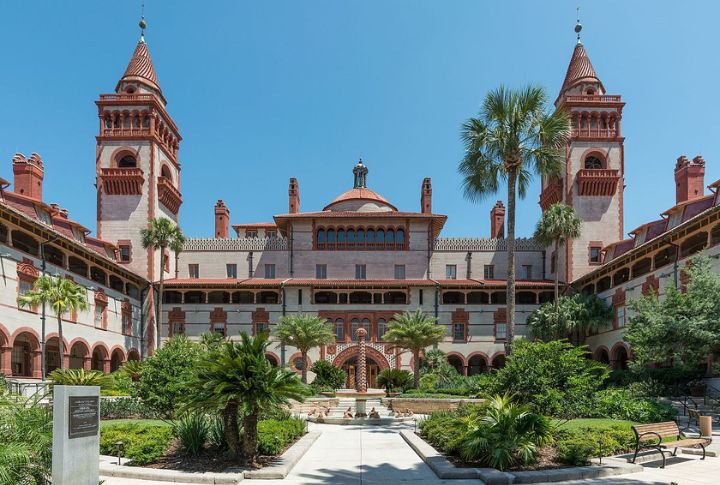
Henry Flagler envisioned a palace, and he built one, a Spanish Renaissance masterpiece with walls covered in Tiffany glass and gold leaf called The Ponce. U.S. presidents and European aristocrats vacationed here and basked in its splendor. It still stands today, but now as Flagler College.
The Flamingo Capri (Las Vegas, NV)
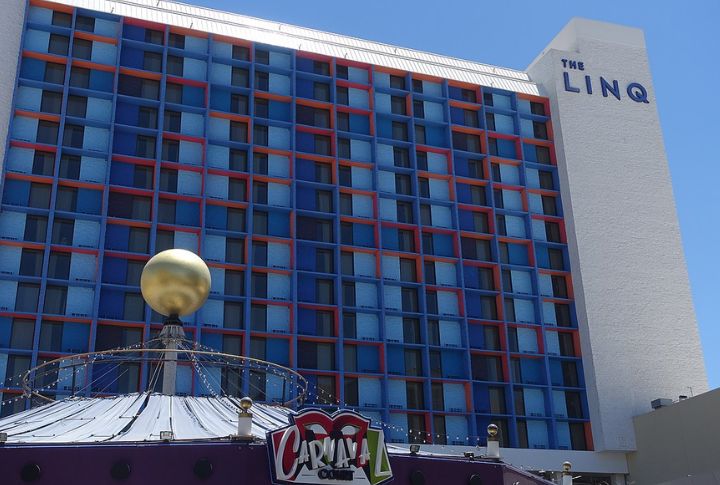
The Flamingo Capri, a modest neighbor to the legendary Flamingo, started as a budget-friendly alternative in 1959. But the Strip wasn’t made for small-time operations. Corporate giants swallowed it whole and merged it into the Imperial Palace. It closed in 1979, but the building still stands, bearing a new brand.
The Lexington Hotel (Chicago, IL)
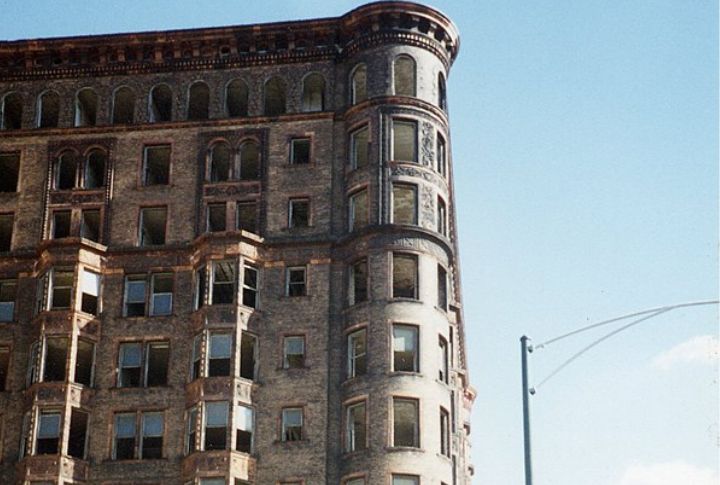
You could almost hear the gunfire echo through the halls of the Lexington—Al Capone’s stronghold. A fortress where bootleggers, hitmen, and others played their high-stakes game. Secret tunnels, hidden vaults—this hotel had it all. But once Capone fell, so did its reputation. By 1995, the building was demolished.
The Hotel Pennsylvania (New York City, NY)
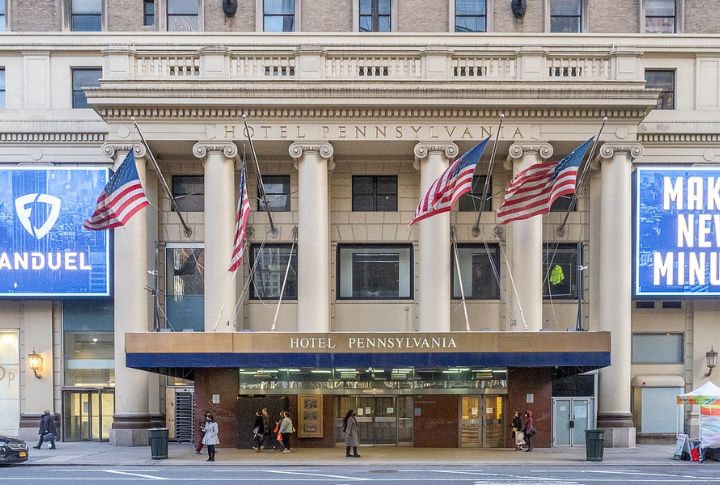
Opened in 1919, Hotel Pennsylvania was once the world’s largest hotel. It dodged redevelopment for decades, saved time and again by nostalgia and public outcry. But New York doesn’t keep relics forever. In 2023, it finally met its end, a titan of hospitality erased for modern office space.
Buckingham Hotel (St. Louis, MO)
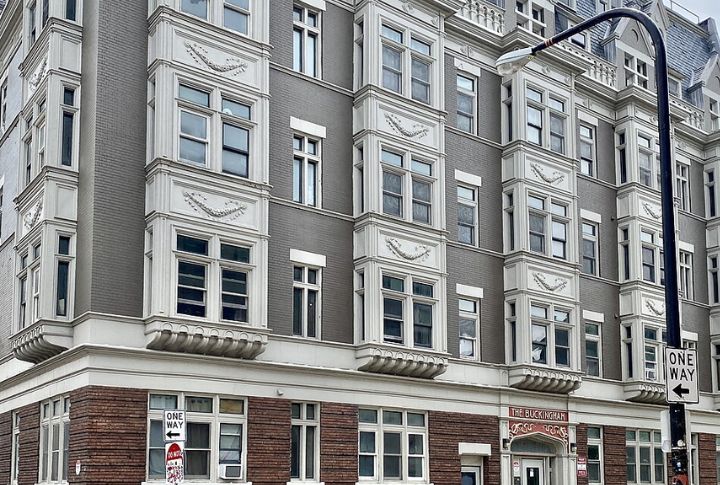
It was competition from modern hotels and urban change that led to the decline and eventual closure of the hotel in the 1970s. The Buckingham Hotel was grand in the 20th century with its elegant design and U-shaped structure with bay windows. It gained popularity among baseball players.
The Riviera Hotel And Casino (Las Vegas, NV)
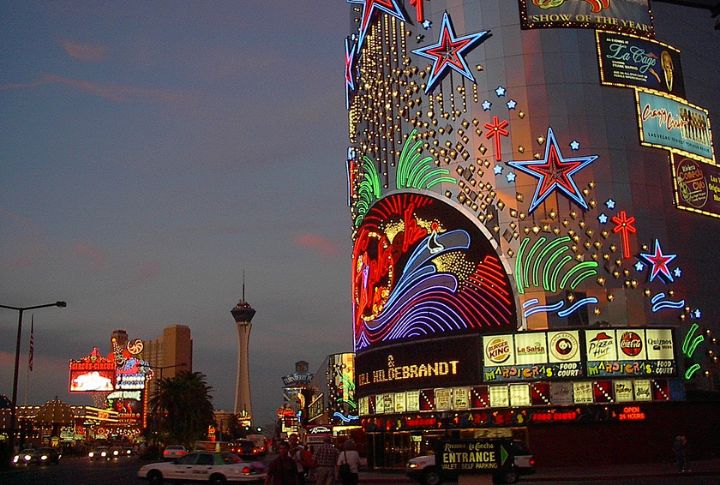
If the Strip had an underdog, it was the Riviera. It opened in 1955, a glitzy rival to the Sands and Flamingo. It hosted Elvis and heist movies. In the race for bigger and better, the Riviera fell behind. Its legacy vanished in a cloud of dust when it was taken down in 2016.
The Commodore Hotel (New York City, NY)

If you walked into the Commodore in 1919, you entered a world of opulence. Its gilded lobby and grand ballrooms set the stage for New York’s elite. But in 1980, a businessman gutted it and replaced history with glass and steel, and the Grand Hyatt took its place.
The Morrison Hotel (Chicago, IL)
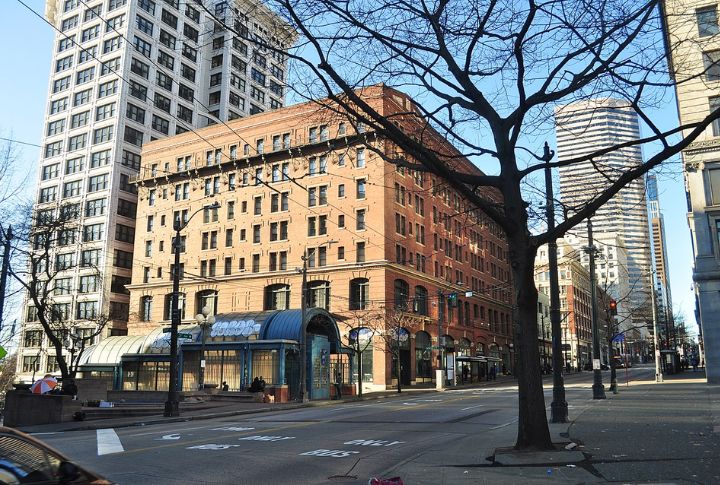
When the Morrison opened in 1925, it touched the sky. At 45 stories, it was the world’s tallest hotel and dominated Chicago’s skyline. Its dominance was short-lived. By the 1960s, new skyscrapers outshined it. In 1965, it was demolished. Its record-setting height is now only a footnote in architectural history.
The Desert Inn (Las Vegas, NV)
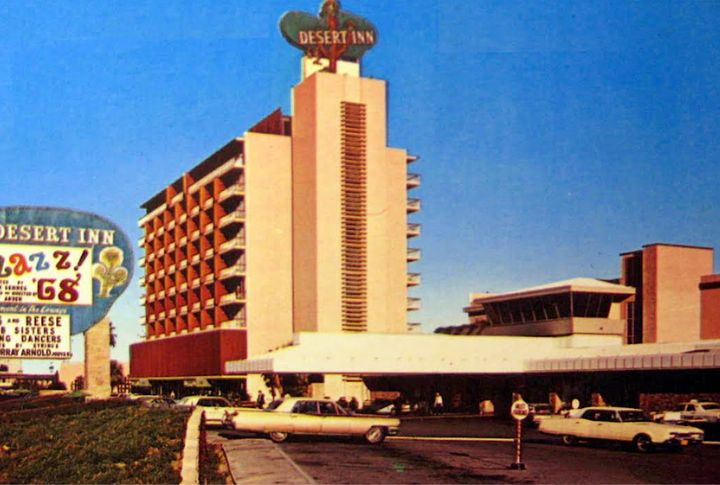
It wasn’t Howard Hughes’s plan to buy the Desert Inn—he just refused to leave. When the casino’s owners tried to evict him in 1966, the billionaire did what billionaires do: he bought the place. For decades, it flourished. Then, in 2001, it was torn down for the Wynn Las Vegas.
The Hotel St. George (Brooklyn, NY)
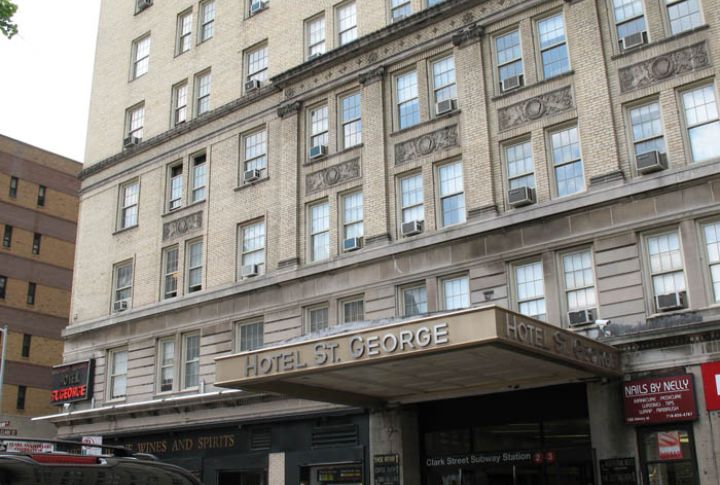
Brooklyn’s answer to the Plaza—ornate and packed with the rich and famous—was the Hotel St. George. The borough’s crown jewel had the largest indoor saltwater pool in the world. But as the decades passed, its glory faded. A devastating fire in 1995 sealed its fate.
The Peabody Court Hotel (Baltimore, MD)

A Beaux-Arts beauty, the Peabody Court stood as proof of Baltimore’s elegance. Its grand entrance and city views made it a favorite among refined travelers. Charm doesn’t pay the bills, though. A shift in hospitality trends made the Peabody Court fade into obscurity. Eventually, it was rebranded.
The Hotel Theresa (Harlem, NY)
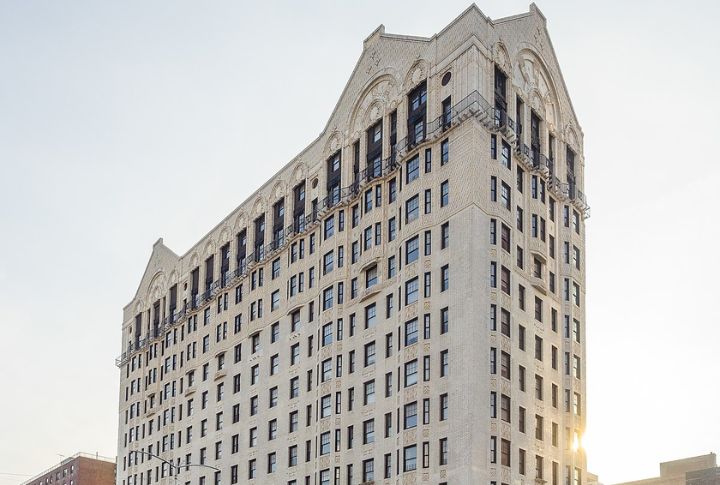
For decades, the Hotel Theresa was Harlem’s “Waldorf of the North.” Civil rights icons, foreign dignitaries, jazz legends, and more were hosted here—even Fidel Castro in 1960. The rise of integrated hotels ended its reign. By 1971, it had closed, converting into office space—its once-powerful presence was reduced to a historical relic.
The Drake Hotel (San Francisco, CA)
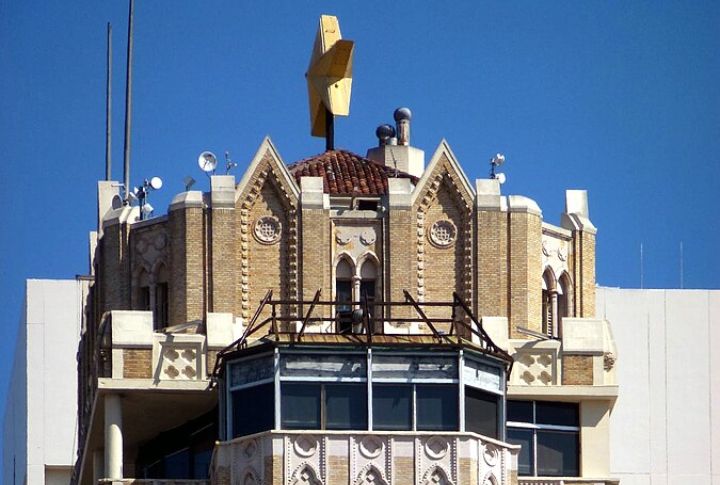
It survived earthquakes and outlasted the golden age of jazz. In the 1970s, it underwent some renovations and changes in ownership. The Drake was a San Francisco icon, a place where the city’s elite danced and conducted business. As the city grew upward, the Drake was left behind.
The Tampa Terrace Hotel (Tampa, FL)
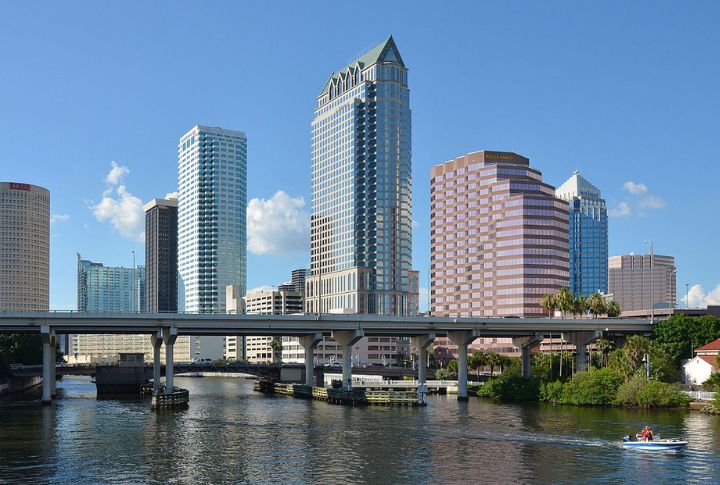
Opened in 1925, the Tampa Terrace was a downtown jewel, standing tall at 13 stories with 264 rooms. It catered to business elites and travelers seeking elegance. Time was unkind. Modern hotels outshined its aging grandeur, and by the late 20th century, it was abandoned. Demolition followed.
The Book Cadillac Hotel (Detroit, MI)
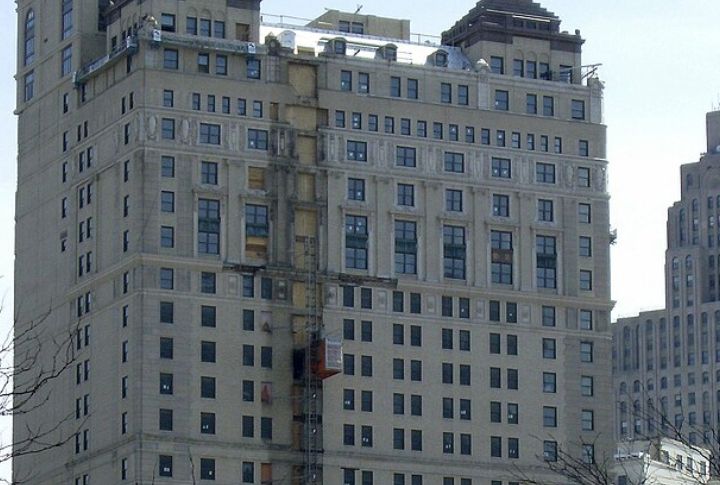
A few buildings symbolized Detroit’s rise and fall, such as the Book Cadillac. It was the city’s finest hotel—until economic downturns left it abandoned in 1984. For over two decades, it stood as a ghostly relic, a haunting monument to lost prosperity. Its eventual revival came but under a different brand.
The Statler Hotel (Detroit, MI)
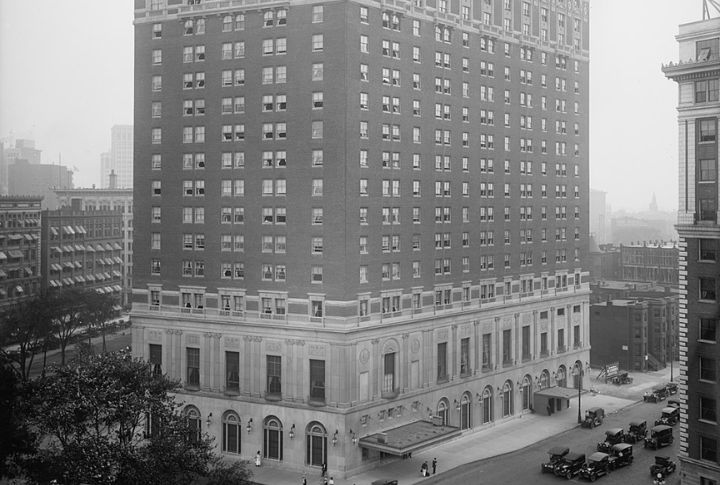
Detroit’s Statler was a titan, a beacon of early 20th-century luxury. It stood tall through Prohibition and the Motor City’s golden years. Then, the city collapsed. The hotel, abandoned in 1975, became a symbol of Detroit’s decay. It was demolished in 2005, and the city was moved on.
The Everglades Hotel (Miami, FL)

Celebrities and skyline views—The Everglades Hotel was a Miami landmark that welcomed the elite to its rooftop bar, a beacon of sophistication. The hotel didn’t grow with the city, though. By the 2000s, it was outdated and irrelevant. In 2005, developers erased it to erect another high-rise.
The Jefferson Hotel (St. Louis, MO)
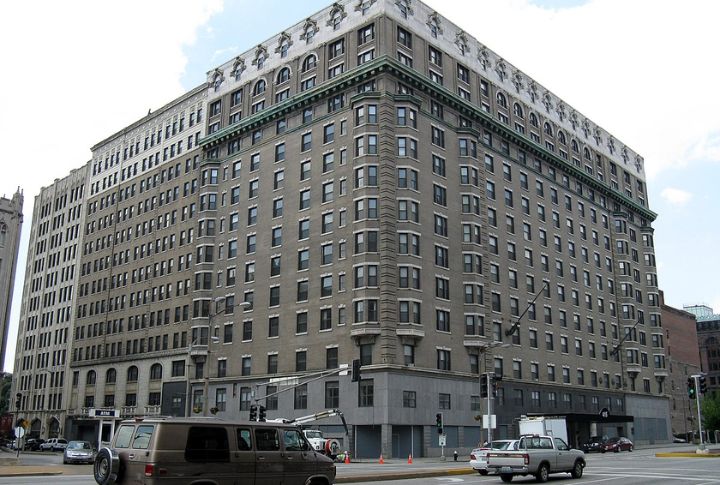
Built for the 1904 World’s Fair, the Jefferson Hotel welcomed visitors with grand marble staircases and gilded chandeliers. After thriving, it struggled, then eventually closed and underwent various transformations. Though no longer a luxury hotel, the building still stands today, awaiting redevelopment as part of St. Louis’ changing scene.
The Windsor Hotel (Denver, CO)
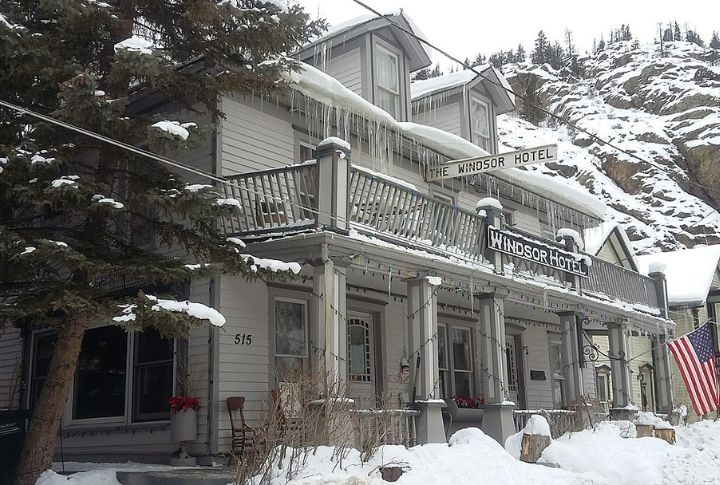
If Denver had royalty, they would have stayed at Windsor. Opened in 1880, it was the finest hotel between Chicago and San Francisco and hosted tycoons and politicians. Its glory did not survive the mid-20th century, and in 1960, it was demolished—the end of its grand saloons and gaslit corridors.
Hotel Polen (Amsterdam)
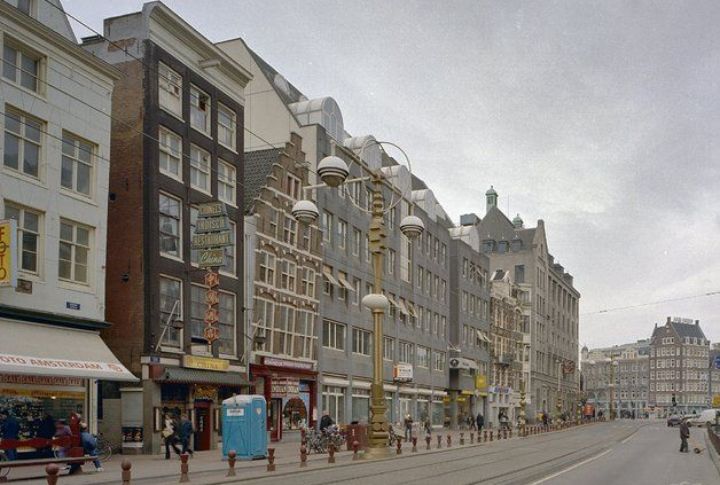
Many in Amsterdam knew Hotel Polen of Dam Square. Its location and affordability made it popular for travelers. Tragically, in 1977, a devastating fire broke out and took 33 people with it while injuring many others. The hotel was completely destroyed, and the site was later redeveloped.
The Hotel Vancouver (Second Version, Vancouver, BC, Canada)
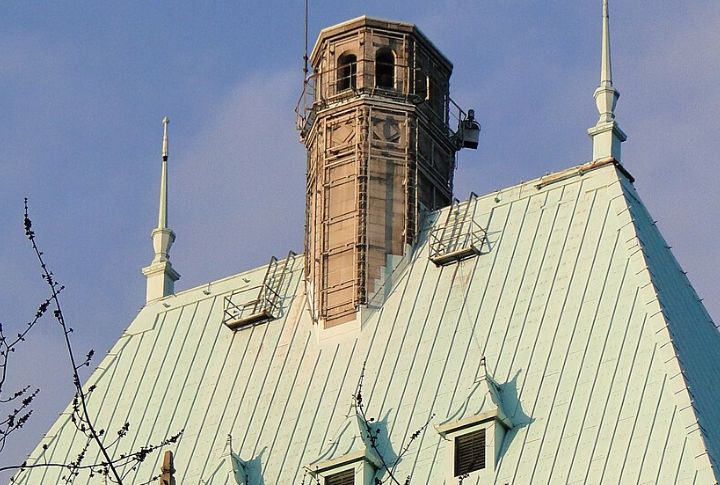
The second Hotel Vancouver opened in 1916, a grand Edwardian masterpiece that towered over the city. It hosted royalty and Hollywood stars. But after WWII, a new hotel took its place and in 1949, it was quietly demolished. All that’s left for us today are photographs and fading memories.




